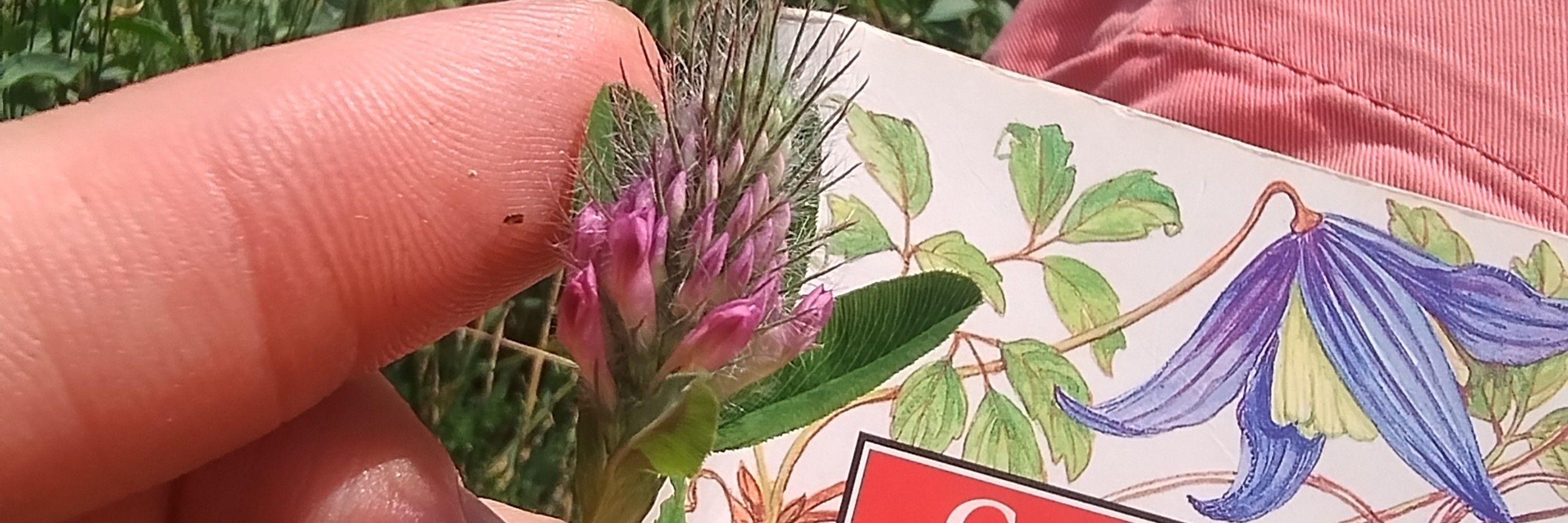Jim Horsfall
@jimhorsfall.bsky.social
750 followers
320 following
440 posts
A naturalist, conservationist, Yorkshireman, father and more. A slacker who can't sit still.
Particularly interested in plants, water beetles, fungi and moths.
Prone to spelling mistakes.
Posts
Media
Videos
Starter Packs





























